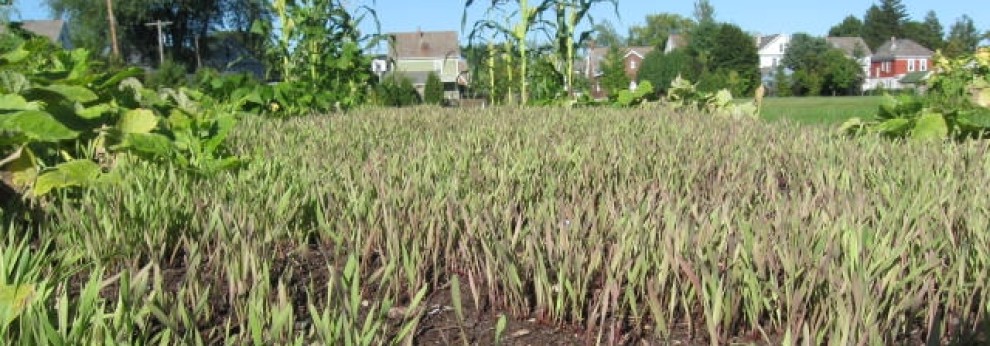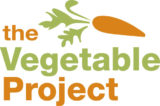 Hang around the kind of high school where droves of students do not graduate or graduate on time and you might hear about all sorts of efforts to provide students with more support in classes seemingly posing the most significant challenges. Tutoring after school, breaking year-long algebra classes into two years and writing daily learning objectives on the board, among others.
Hang around the kind of high school where droves of students do not graduate or graduate on time and you might hear about all sorts of efforts to provide students with more support in classes seemingly posing the most significant challenges. Tutoring after school, breaking year-long algebra classes into two years and writing daily learning objectives on the board, among others.
These tactics, however, do not necessarily address issues that for too many students are really deeply seated – utter disengagement from school and the kind of dispositions that seem to engender laughing uproariously when someone stumbles or fondness for watching You Tube videos of classmates engaged in fist fights. Maybe few approaches solve these kind problems consistently. And it is especially unlikely that anything “fixes” these mental health and social and emotional health challenges quickly. But considerable research suggests that hands-on teaching and learning and exposure to nature can help address them, and that, for example, contact with nature can foster resiliency and equanimity. Thus the Vegetable Project is committed to working hard to get kids outside. And we have written about why previously.
Research has tied time spent outdoors and among trees and other greenery with lower incidence of depression and anxiety disorders, better ability to concentrate and focus, moderated levels of aggression, fewer complaints about musculoskeletal discomfort and migraines, and lower incidence of myopia.
These kind of healthy developments can make a difference in schools with dispiriting academic outcomes. And the potential to achieve them makes a strong case for doing more to get kids outdoors and into some semblance of nature during instructional and other time. And it makes a strong case for un-developing some of our schoolyards, to ensure those steps outside pay off. And though more difficult logistically, they also make a case for creating programming that takes students off school grounds to great nearby nature. A guided walk around Buckingham Pond, for example, just minutes from Albany High, offers the possibility of inspiring discovery and inquiry and stimulating a sense of awe. The same could be said for the Mohawk Hudson Land Conservancy’s Normans Kill Preserve a couple hundred yards into Bethlehem off of Delaware Avenue and the Indian Pond wetlands restoration project on the UAlbany campus.
This potential certainly underlies many of the Vegetable Project’s efforts, from hosting a job site for Albany’s summer youth employment program to pitching development of an outdoor classroom at Myers Middle School to work with Albany High biology teachers to incorporate teaching and learning outdoors into their instructional planning.
—Bill Stoneman


